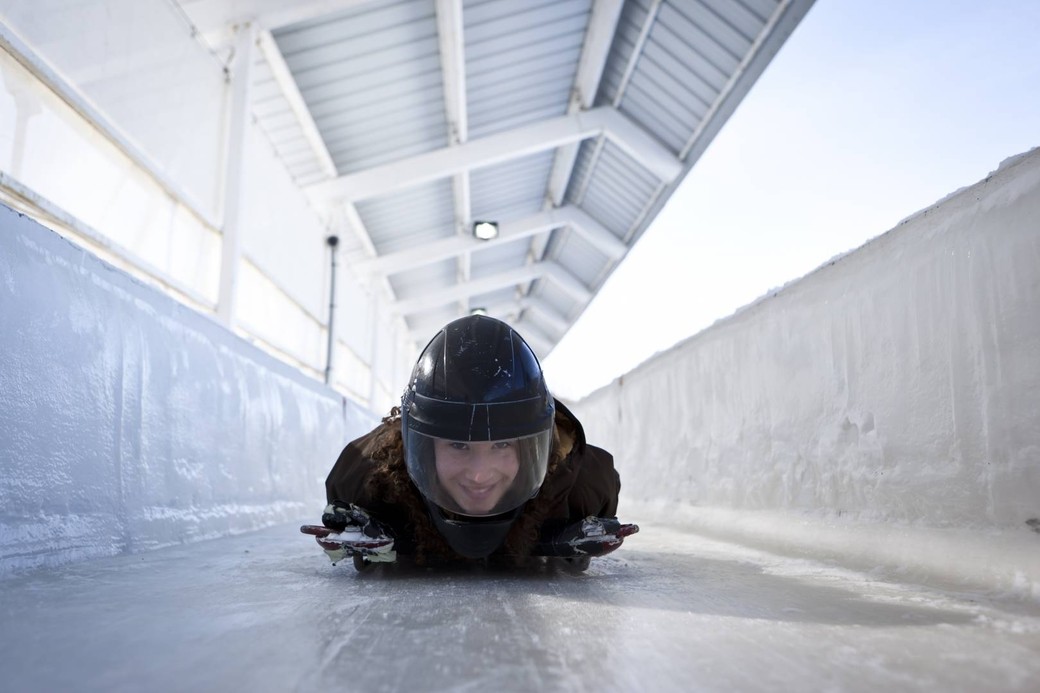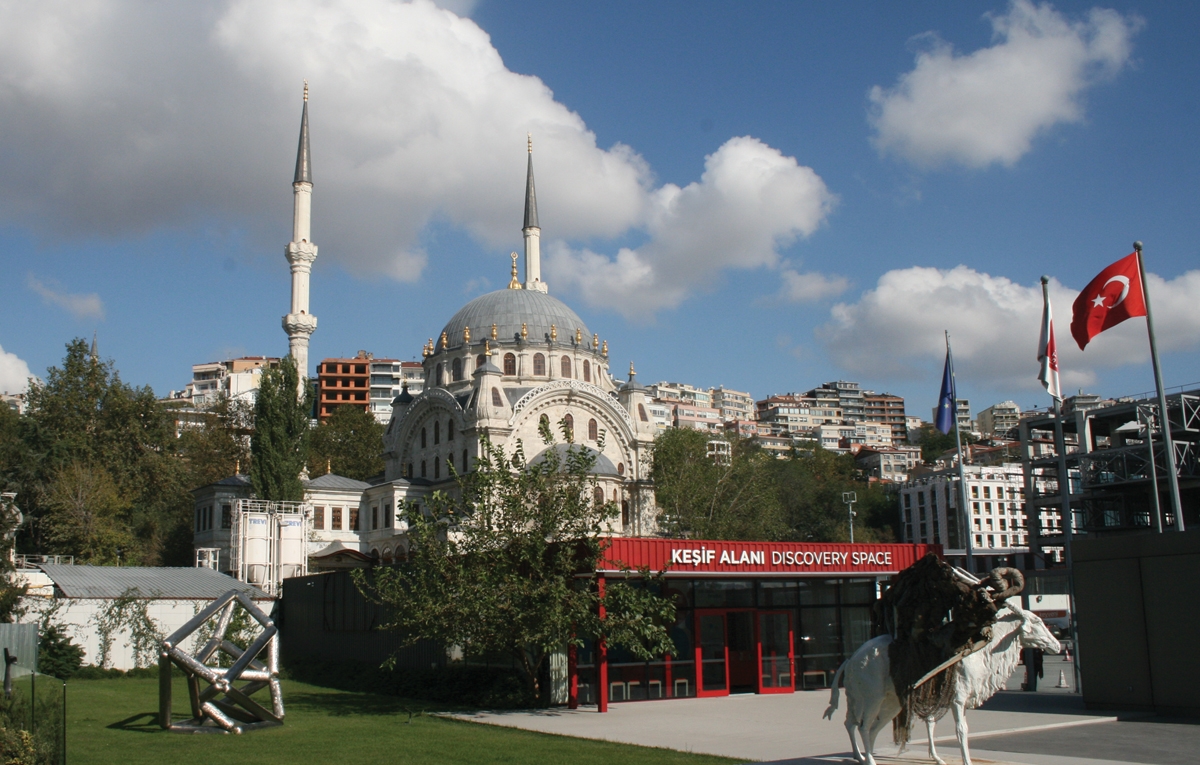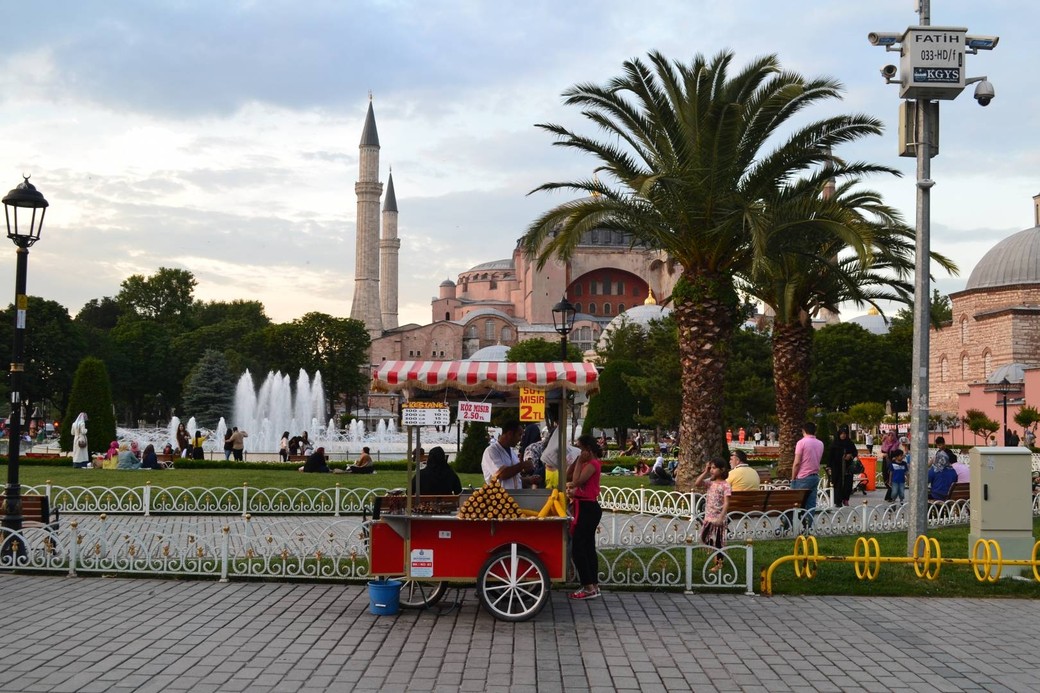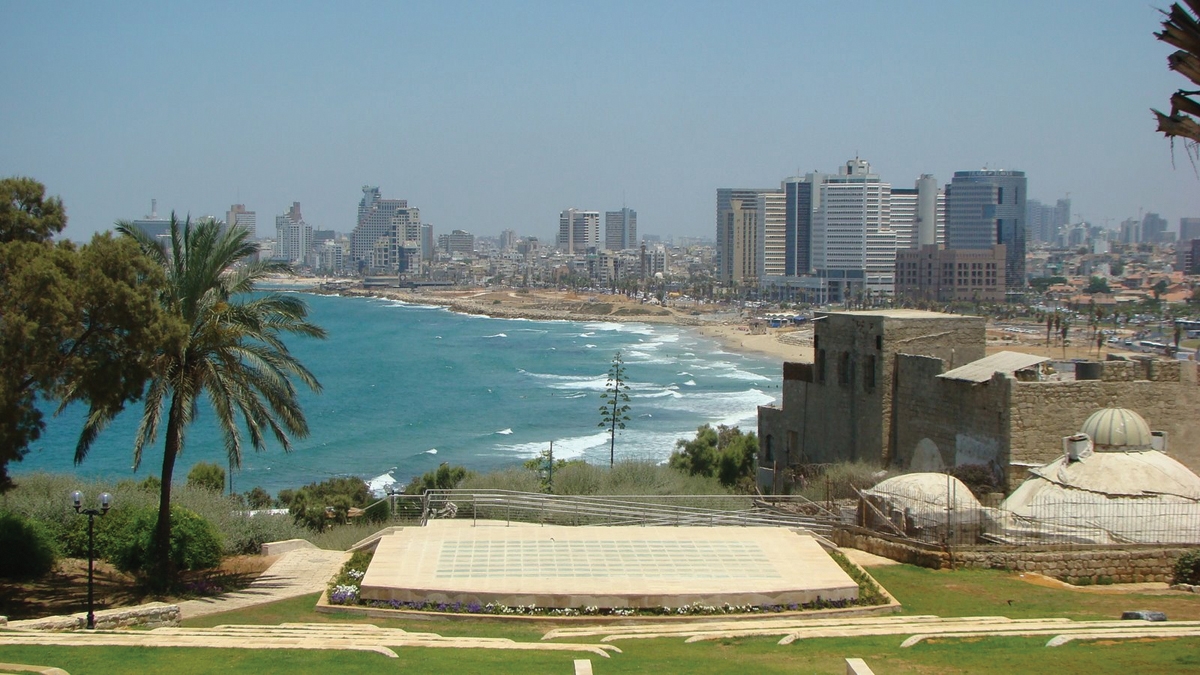
A journey to the ancient land of Israel
ABOVE: A view of Tel Aviv and the Mediterannean Sea.
I was eagerly anticipating my trip to Israel. The land of Israel’s central place in antiquity is an endless source of fascination. So too is Israel’s more recent past and its contested place in the world today. It would be like no other trip I have taken. Nevertheless I must confess to experiencing brief rushes of anxiety when I thought about Israel’s relationship with Palestinians in particular and the rest of the Arab (and Persian) world more generally.
My images of Israel were shaped by media coverage of conflict, primarily between Jews and Palestinians, but also between Jews and other Arabs. We would see the tension etched in the faces we encountered. As it turned out, these preconceived notions were shattered within minutes of having arrived in Israel. There remain, of course, unresolved issues between the country and Palestinians. Nevertheless, in every part of Israel we visited, we observed peaceful, friendly coexistence between Jews and Arabs. Moreover, not once over the course of the trip did anyone feel unsafe. By the end of our adventure, Israel’s varied geography, staggering beauty and warm people would give me a much greater appreciation of this splendid country.
Like the rest of Israel, Tel Aviv’s combination of splendid geography and the sacred and the secular makes for a fascinating place. Upon arriving in the city it is impossible not to be inspired by the Mediterean Sea: on this day it shimmered dark blue under the hot sun and equally brilliant, cloudless blue sky. White sand beaches contour the city’s coast. But even when walking on a beach one is never far from architecture documenting Israel’s holy status. Thus while walking close to the shoreline we encountered the Statue of Faith which includes depictions of Jacob’s Dream, The Sacrifice of Isaac and the Fall of Jericho. Synagogues dot the landscape. Yet Tel Aviv is also undeniably modern, as is attested by the string of new hotels along the Mediterean shoreline and its legendary nightlife. Alas, we were only there long enough to appreciate the former but not the latter. The trip began in Tel Aviv but after a whirlwind morning tour of the city we began a drive north that would take us to, among other places, Jaffa, Haifa, Akko, Metula, Masada and, finally, Jerusalem.
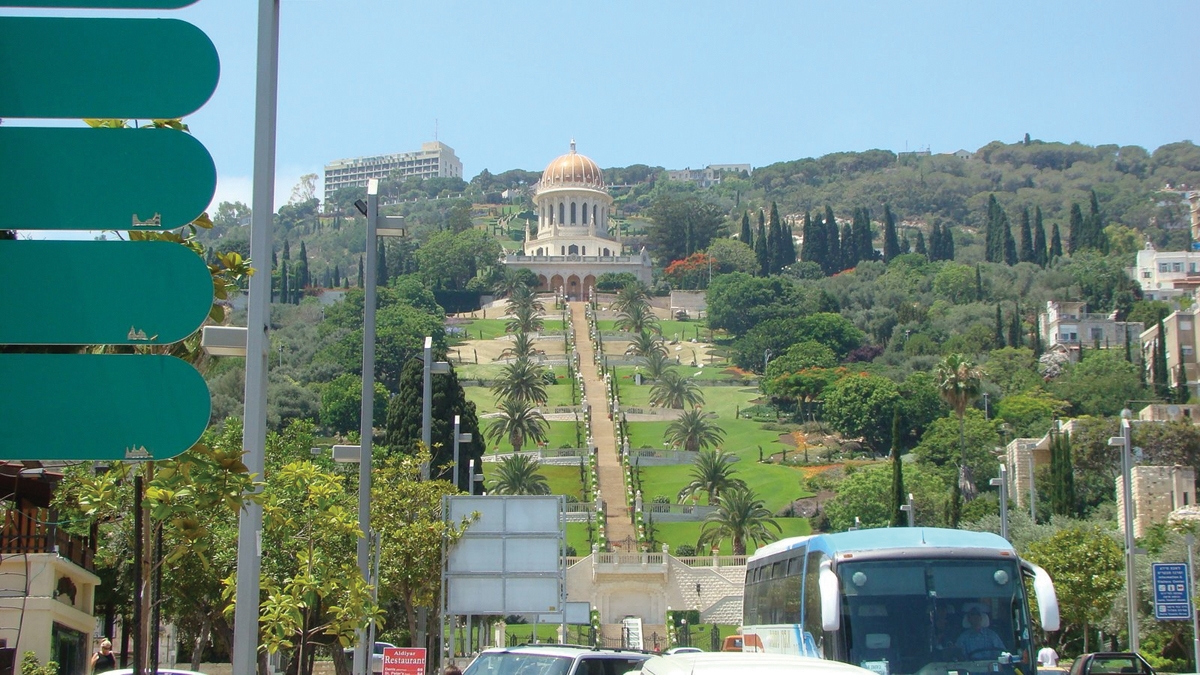
Haifa is a port city (the Haifa port is the biggest in Israel) that also sits next to the Mediterean. But Haifa’s varied elevation is also one of its defining features, particularly for a tourist. The city sits on the slopes of Mount Carmel. Standing at an elevated spot in Haifa affords one a splendid view of the city, the port and the Mediterean. The city’s unique geography also contributes to the beauty of much of its architecture. Perhaps Haifa’s most famous landmark is the Bahai Shrine. In an already elevated part of the city, it sits perched on a hill featuring beautiful, staggered gardens and lush trees.
Later that afternoon we drove further up the coast to Akko, another port city on the Mediterean. It is a gateway to its past, both ancient and more recent. Akko’s port-city status heightened its strategic importance to imperial empires. Thus, Akko was the capital of the medieval crusader Kingdom of Jerusalem during the Crusader period (1104-1291). It was also an important Ottoman town in the 18th and 19th centuries. Remarkably buildings and other infrastructures from both periods have been beautifully restored. What is truly unique about the buildings, however, is that many feature stonework from both periods. Other common features of an Ottoman town were restored or recreated. A bathhouse vividly simulates typical activities in what was a refuge for men. It is worth a visit.
We ate lunch at Uri Buri Fish Restaurant. We persuaded Uri Jeremias — the owner and chef — to agree to speak with us over lunch. We were informed his food was legendary. Uri Jeremias is Jewish, but built the restaurant in a predominantly Arab part of Akko. He is a powerfully built man with a gentle but determined disposition. His balding head and long gray beard gives him the look of an ancient philosopher. As it turned out, he waxed philosophical while simultaneously declaring his mistrust of that particular discipline. “Live as though you have 200 years left to live,” he remarked at one point over lunch. This approach to life explained why he was busy converting a house dating back to the Crusader period into a boutique hotel, even though he was no longer a young man. His optimism was also reflected in his relationship with local Arabs. He proudly declared that he had many Arab employees. He expressed dismay over the images of conflict between Jews and Arabs ceaselessly peddled by the mass media. The commonly held belief that Jews and Arabs despise each other was an utter distortion of reality. At one point, he looked outside the restaurant, towards the Mediterranean Sea. There were people strolling by the water, enjoying the splendid scenery. “Does this look like a place beset with conflict?” he asked.
The next day we drove through the Golan Heights, at one point even reaching the Lebanon border. Towards the day’s end we arrived at the Mitze Hayamin Hotel, located in the Eastern Galilee, very close to the Hermon Mountains and the Golan Heights. This boutique hotel conveys the sort of intimacy not typically found in larger hotels. The atmosphere was unmistakably relaxed. I was relieved to be directed to my room after a long day of sightseeing and driving through winding roads. The trip to this point had already exceeded my expectations, but not because our accommodations were especially beautiful. On this evening, however, it was my room that was nothing like I had experienced before in a hotel. Most spectacular of all was the room’s deck and the view it offered its guests. I marveled at the scene as I stepped outside. The sky was still cloudless and a shimmering blue. Immediately beneath me were rolling mountains that stretched northward, seemingly endlessly. Some sections of the mountains were tree filled, other sections dry and bare. Small communities were nestled in the valley. The Sea of Galilee, shrouded slightly by a hazy sky, was nevertheless visible in the distance.
The Mitze Hayamin was by far the most decadent and luxurious hotel in the region. Its founder’s vision was to create a hotel that was not only environmentally sustainable, but was also designed to stimulate that sort of awareness among its guests. We walked by beautiful gardens that nevertheless did not appear overly manicured. The idea was for the natural landscape to seamlessly blend in with the constructed landscape. We then came to a stable housing a horse as well as goats and calves. The contrast between the two settings in some respects could not have been starker. On the one hand, the rooms, the massage, and the spectacular views of the Sea of Galilee were the epitome of luxury. On the other hand, we now found ourselves standing by three friendly calves content to lick our hands and receive our attentions. The smell of hay wafted through the air. Workers dressed in farm wear were tending to the animals. For a few minutes it was though we were a world away from the luxurious environment in which we had spent the previous night. Yet as different as these two settings might seem, experiencing them together was totally congruous with the aim of the hotel’s founder.
As spectacular as my accommodations and the view of the mountains and the Sea of Galilee all were, the highlight for me was the Swedish massage I received shortly after we arrived. The massage itself was wonderful: my muscles were tired following a full day of travel. My masseuse was named Noa, a Jewish woman. She suggested at the outset that we could talk or I could rest silently why she did the massage. I thought it strange that I would not talk to a stranger while she rubbed her soothing hands all over my body. And so while she gently, professionally relaxed my tense muscles, we talked about many things, but mostly about Israel and why she loved Jerusalem. Although she is not living there now, she has always been drawn to Jerusalem: the city possesses a spiritual energy that she finds irresistible.
I found myself slowly slipping into a dreamy state while nevertheless never losing my desire to continue talking. This was the first opportunity to talk to a local Israeli at length without anyone else present. As content as I would have been to quietly rest, I was happier to engage in a heartfelt conversation. I sensed in her a deep love for her country that intrigued me. But towards the end of the massage, she politely informed me that I must close my eyes and keep quiet. I dutifully followed her instructions. For a few precious moments, as she gently rubbed my closed eyes and caressed my forehead and cheeks, I did slip into a dreamy sleep. But what the masseuse managed to direct me towards was more than simply sleep. For the first time in as long as I could remember, I felt tranquil and at ease. Like the rest of our adventure, it was an experience I will not soon forget.

